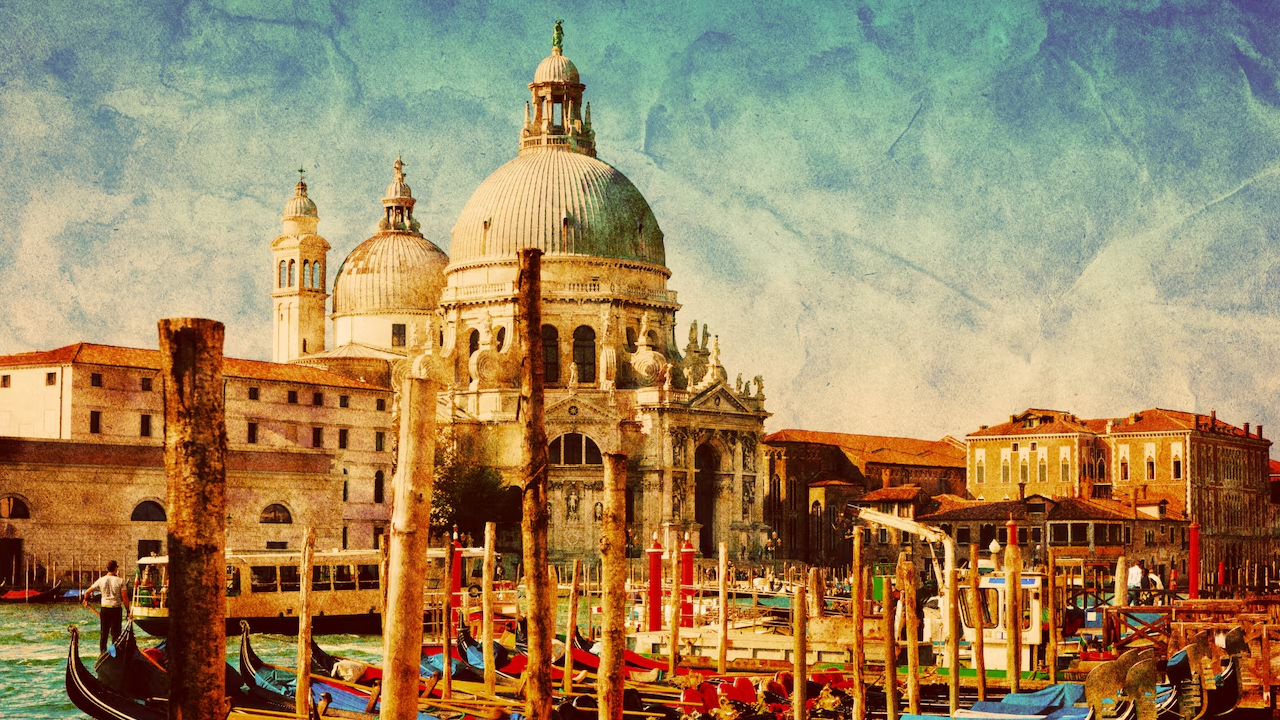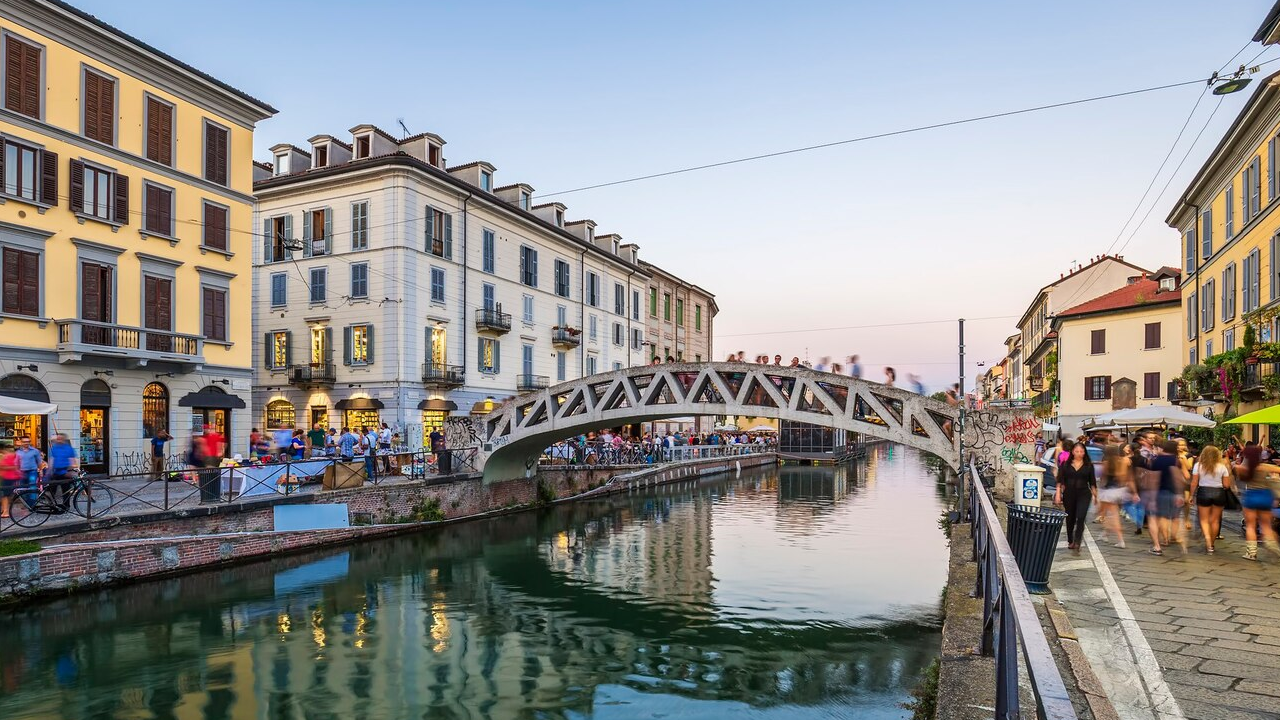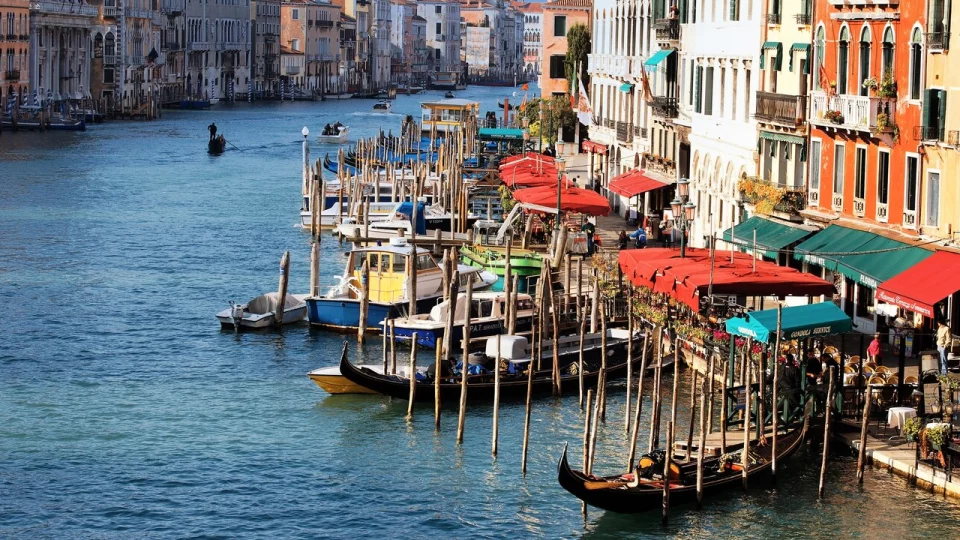Venice, a city often described as a masterpiece floating on water, has captivated the hearts of millions around the world with its unique charm, historic architecture, and winding canals. However, the city is facing an unprecedented challenge in managing the overwhelming crowds that flood its streets each year. The surge in tourists has led to excessive foot traffic, infrastructure strain, and environmental degradation. In response, Venice is doubling its day-trip fee, implementing stricter measures in 2025 in an attempt to balance tourism with preservation.
Starting in 2025, Venice will introduce a revised tourist tax policy designed to curb high volumes of day-trippers, which will apply specifically on designated high-traffic days. By setting a precedent for managing crowds, this policy could have a long-lasting impact not only on Venice but on global efforts to manage sustainable tourism in similarly over-visited destinations.
Table of Contents
Why the Day-Trip Fee Matters for Venice

Venice has long been a cultural and historical treasure, drawing millions of tourists annually. However, the sheer number of visitors in such a small, compact city creates a strain on its narrow streets, delicate bridges, and historic infrastructure. The day-trip fee is part of Venice’s broader strategy to protect its heritage from the negative effects of overtourism, aiming to reduce the volume of visitors and encourage a more mindful approach to tourism.
One of the primary goals of the fee is to preserve Venice’s unique environment. The city’s delicate ecosystem, which includes its historic canals and stone structures, suffers when overwhelmed by visitors. Excessive foot traffic wears down the city’s narrow pathways and puts pressure on the buildings, many of which have been standing for centuries. The tourist tax serves as a financial barrier, potentially reducing visitor numbers and the subsequent environmental stress on the city.
Moreover, Venice is a living, breathing city, home to locals who are increasingly impacted by the influx of tourists. Daily life for Venetians is often disrupted, and residents find themselves crowded out of their neighborhoods and businesses due to the throngs of visitors. The tax reflects Venice’s commitment to preserving its authentic culture, allowing residents to maintain their way of life while still benefiting economically from tourism.
The Two-Tier Fee Structure: Encouraging Planned Visits
The new day-trip fee introduces a two-tier system aimed at encouraging visitors to plan their trips in advance, which Venice hopes will allow for better management of tourist flow. Visitors who book at least four days in advance will pay a 5-euro fee, consistent with the current rate. However, those booking within three days of their trip will be required to pay double, resulting in a 10-euro fee. This pricing structure is intended to accomplish two key objectives: reducing spontaneous, last-minute visits and distributing tourist traffic more evenly.
This two-tier system could act as an incentive for tourists to adopt a more responsible travel mindset. Visitors may start planning trips with greater consideration for peak travel days and overall crowd levels. It shifts the focus from the convenience of travel to a more conscientious approach that accounts for the impact on Venice’s environment and residents.
Venice’s policy, while financially motivated, is also rooted in the belief that pre-planning promotes more meaningful travel experiences. When tourists are thoughtful about when and how they visit, it can lead to a richer engagement with the city’s cultural and historical offerings. By requiring visitors to plan ahead, Venice encourages a more balanced and less disruptive tourist flow.
Implementation: Who Pays the Fee and How

Under the new rules, the day-trip fee will apply specifically to tourists visiting during the city’s busiest hours, between 8:30 a.m. and 4:00 p.m. The fee will be applicable to all visitors aged 14 and above, aiming to capture a significant portion of daily tourists while excluding children. Notably, the tax will only apply to Venice’s historic center, with exemptions for areas such as Lido, Murano, and Burano—popular neighboring islands that attract their own share of tourists.
The process for paying the fee has been simplified, with a mandatory online reservation system that allows visitors to book and pay in advance. Those failing to reserve online will be required to pay the higher fee upon arrival, ensuring that all visitors contribute to the preservation efforts. The city has also established exemptions for those who travel through major transit points like Piazzale Roma, Tronchetto, or the port without entering the historic center. These provisions are designed to ensure that the tax is applied fairly and to minimize inconvenience for those merely passing through.
